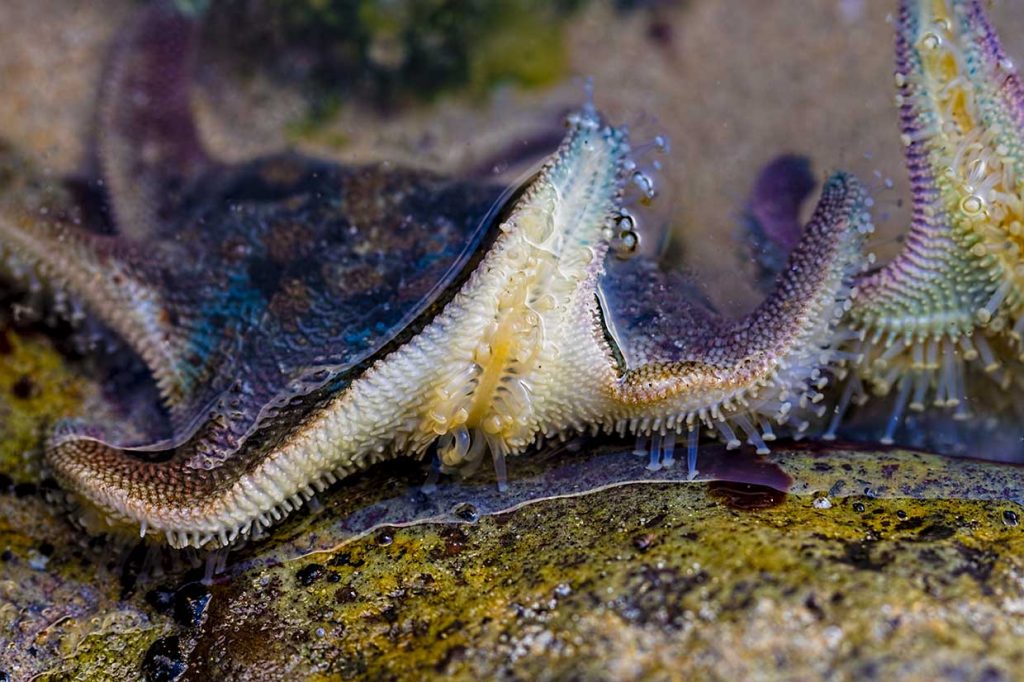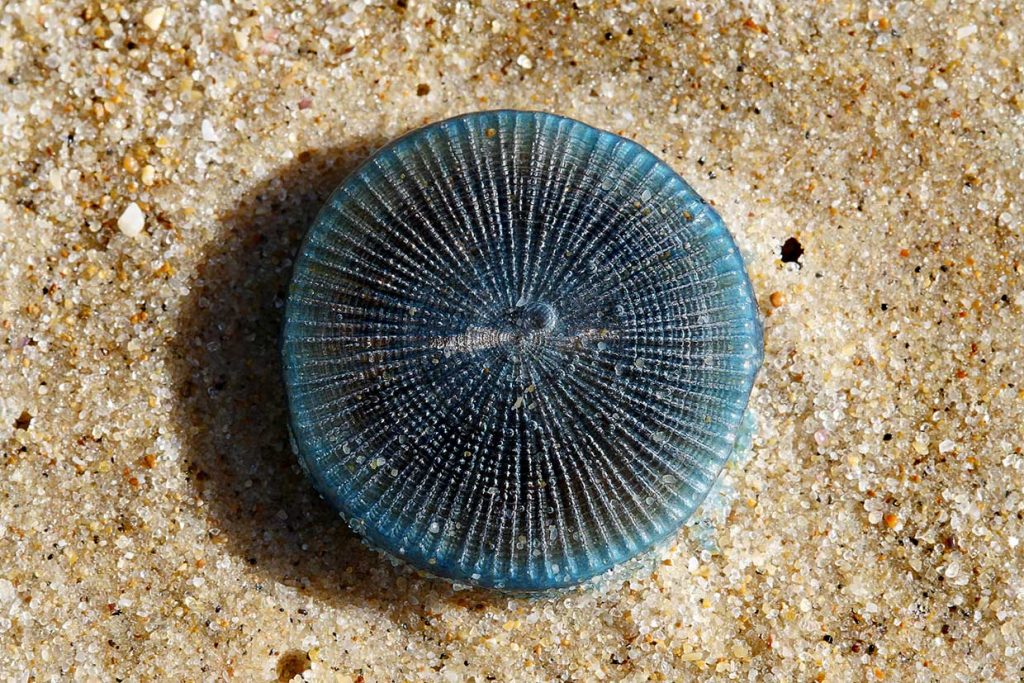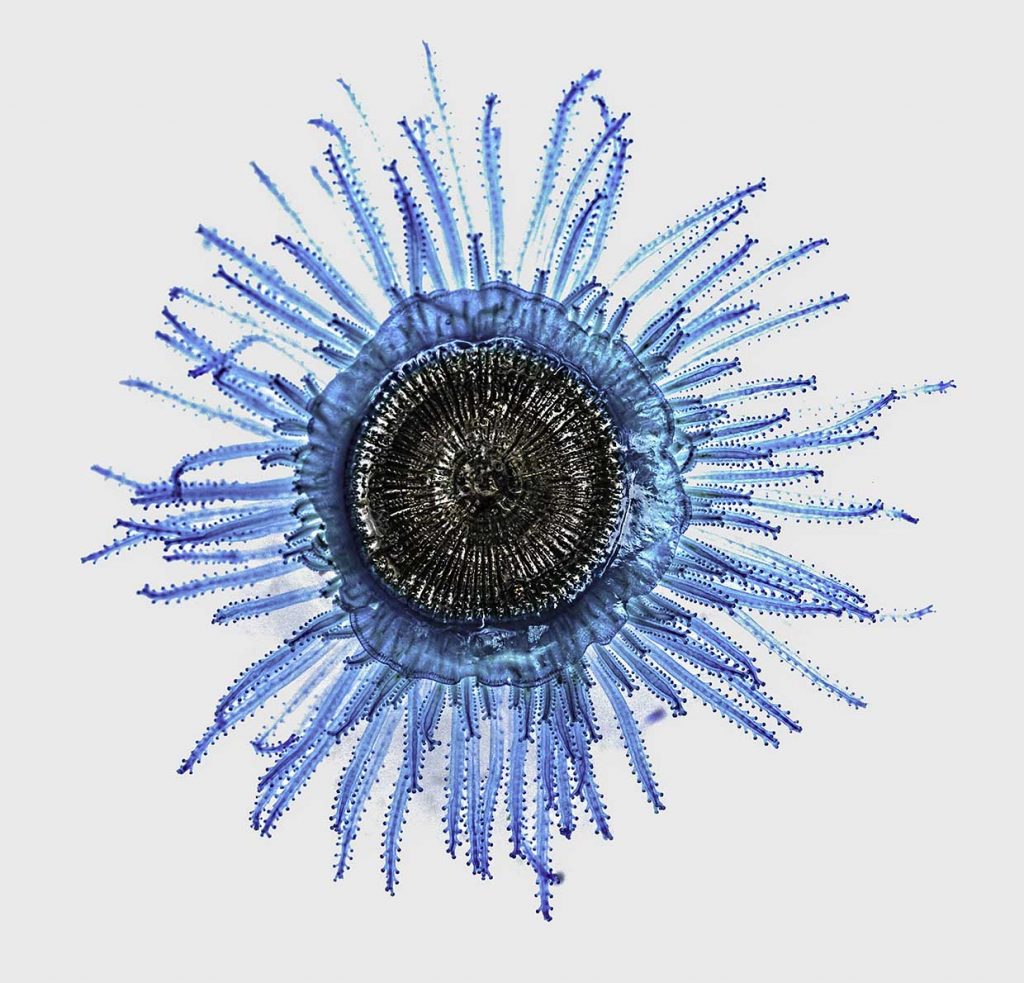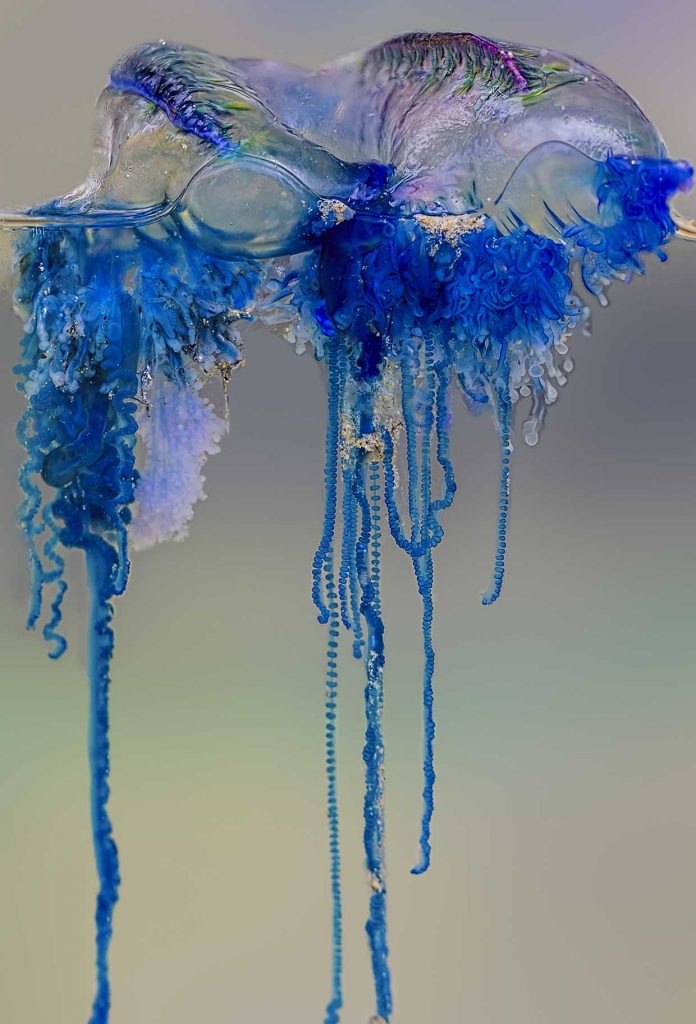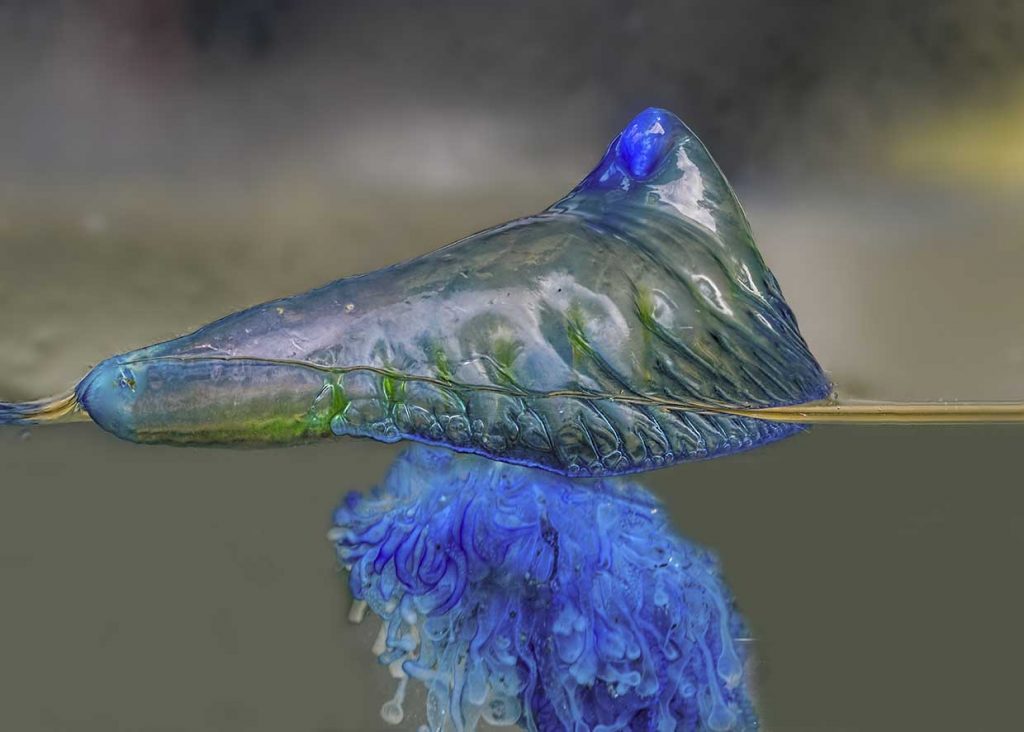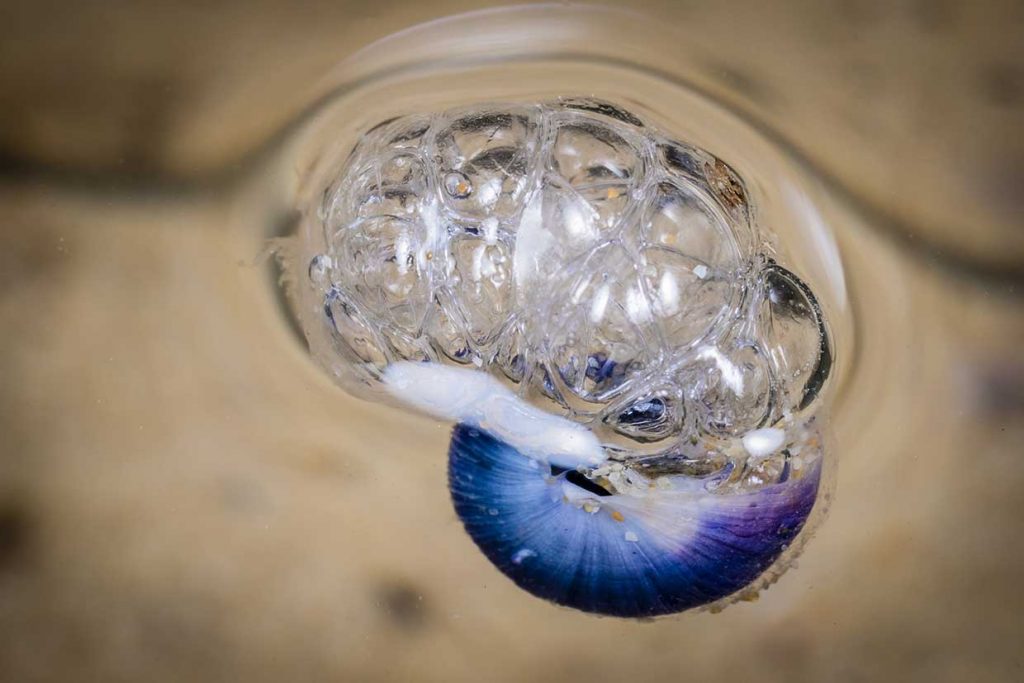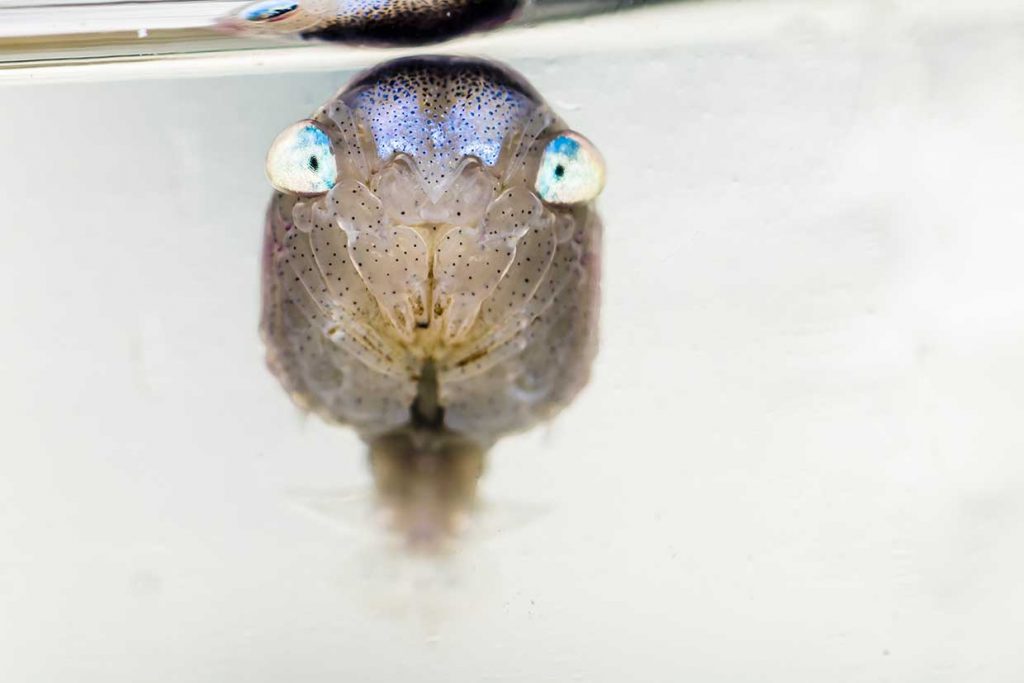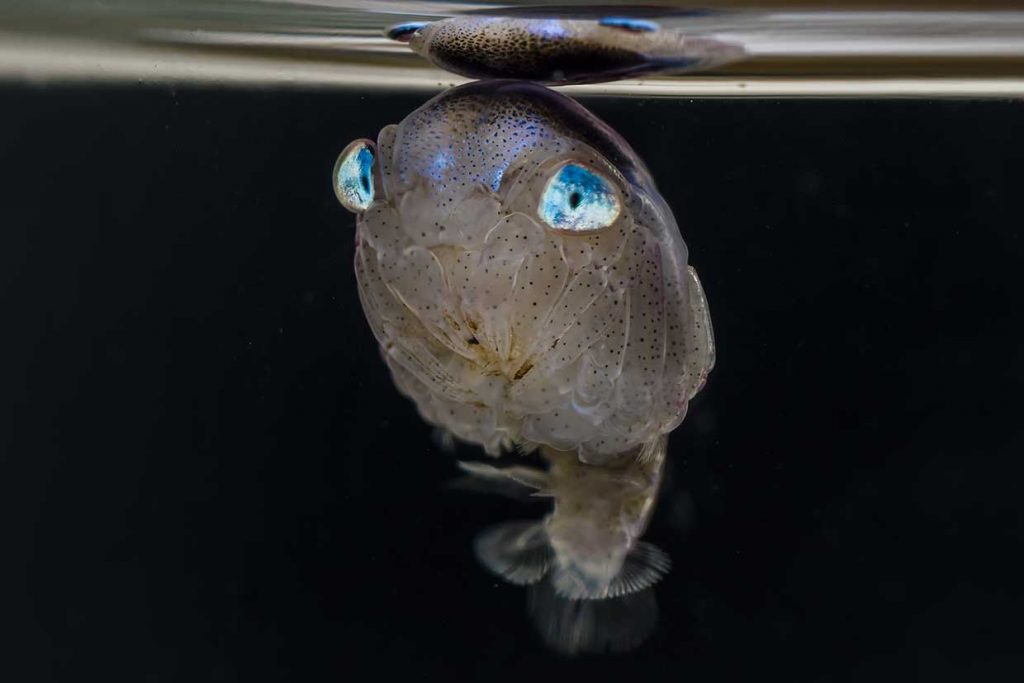Under the Sea – a photo gallery of amazing marine creatures of the coast
Here on the NSW North Coast we’re lucky enough to regularly observe wonderful marine life. This includes dolphins, whales, turtles, stingrays and the countless fish species the coast is home to. However, how much attention do you pay to the smaller marine creatures?
These striking photographs by Norm Farmer from Emerald Beach showcase some fascinating little dwellers of the shorelines and the sea.
Sand bubbler crab (or sand-bubblers)
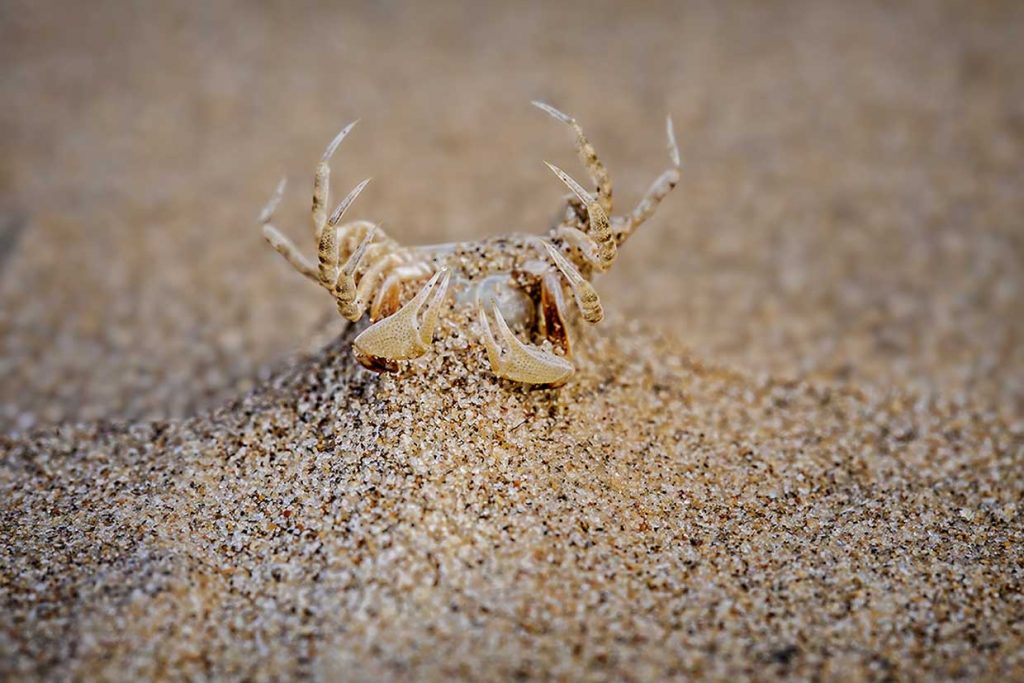
These crabs live on sandy beaches in the tropical Indo-Pacific. They feed by filtering sand through their mouthparts, leaving behind balls of sand that are disintegrated by the incoming high tide.
Carpet Sea Star / Cushion Sea Star / Eight-armed Sea Star
This is an Australian species of sea star. They are often found around the rocks on the north coast and while brightly coloured, they can be hard to see.
Ghost crab being watched by a silver gill
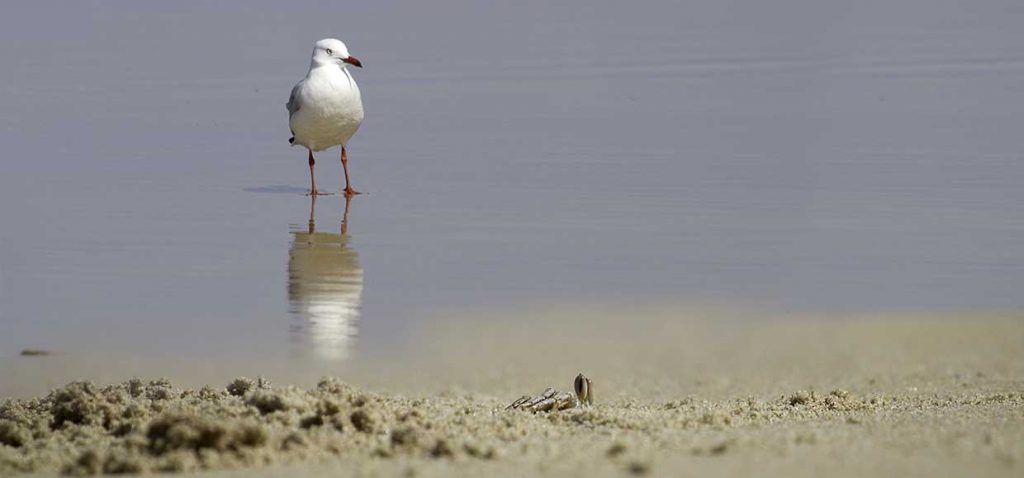
Ghost crabs are common shore crabs in tropical and subtropical regions throughout the world, inhabiting deep burrows in the intertidal zone. They are generalist scavengers and predators of small animals. The silver gull is our most common gull.
Hermit crab

These small hermit crabs can be found in the wash on beaches at very low tides. It gives them the opportunity to ‘upsize’ their house of empty seashells as they grow larger. They often stay together so that as one crab discards its shell for a larger one, someone smaller will claim their discarded shell.
Blue Button
Often seen washed up on the shore when the winds blow them in, these are a marine organism consisting of a colony of hydroids found in tropical and sub-tropical waters of the Pacific, Atlantic and Indian oceans. Although it is superficially similar to a jellyfish, each individual is actually a colony of hydrozoan polyps.
The Australian Blue Bluebottle
The bluebottle is a common, even if unwelcome, a summer visitor to our beaches. At the mercy of the wind, they are blown into shallow waters, often washing up onto the beach. On the eastern seaboard, it is the north-east winds and warmer currents that bring them to beaches on the incoming tides. It is also known as the Pacific Man of War.
Another type of bluebottle found less commonly on our beaches is the Portuguese Man of War. It is larger with a nastier sting due to more and longer stinging tentacles.
Violet snail or bubble raft shell
These are rather unique among marine gastropods. Violet snails live in the top level of the marine environment. What makes this species, and the others in the family so fascinating is its production and use of a bubble raft. Violet snails secrete mucous from a gland in its foot which it uses to form air bubbles by agitating the water with its foot. These mucous bubbles join into a floating raft which the snail attaches to and uses to travel the open ocean.
Purple Fiddler crab
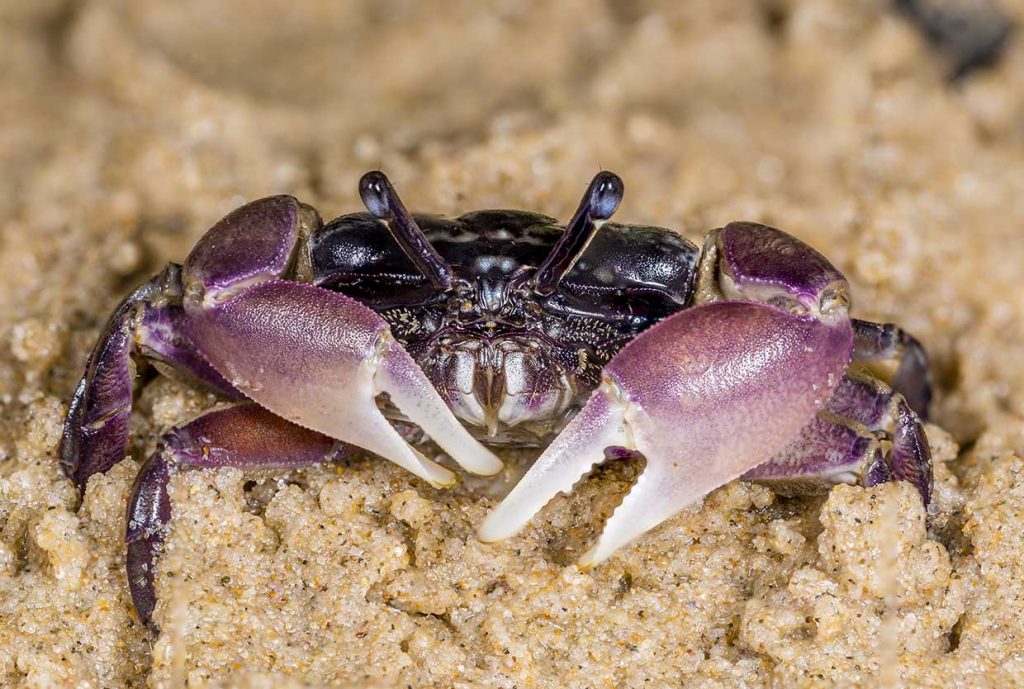
These are common marine creatures around tidal creeks. A fiddler crab, sometimes known as a calling crab are found along beaches and brackish inter-tidal mud flats, lagoons and swamps. Fiddler crabs are well known for their sexually dimorphic claws; the males’ major claw is much larger than the minor claw while the females’ claws are both the same size.
Yellow-clawed Fiddler crab
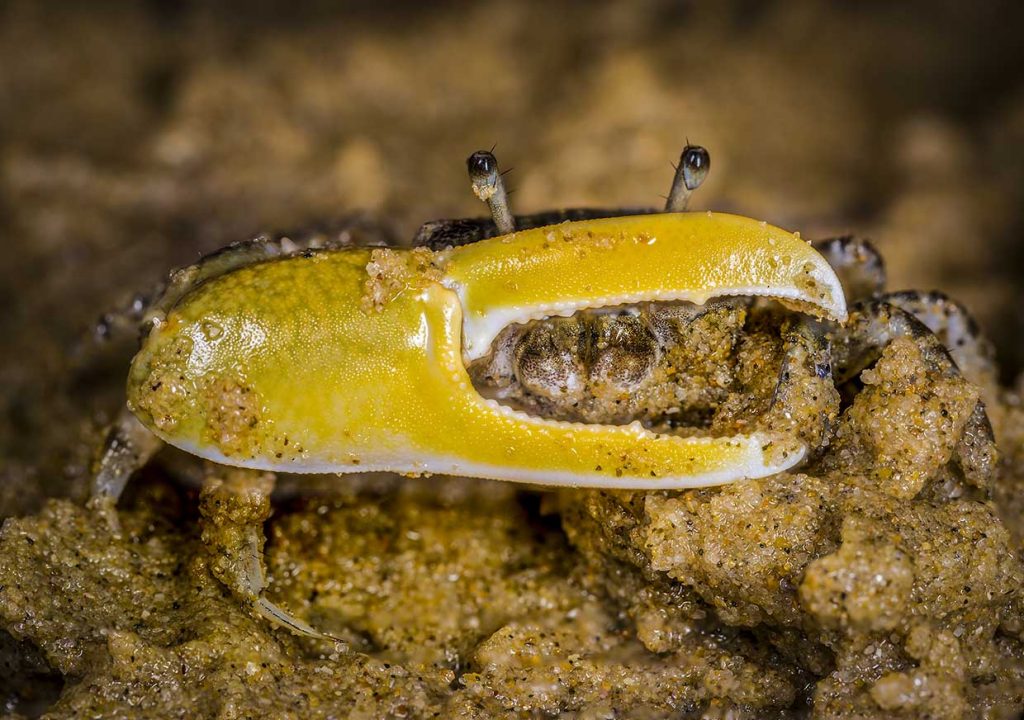
In this species of fascinating marine creatures, the large claw can be either left or right. Fiddler crabs communicate by a sequence of waves and gestures; males have an oversized claw or chela; used in clashes of ritualized combat of courtship over a female and signal their intentions between conspecifics. The movement of the smaller claw from ground to mouth during feeding explains the name; it looks as though it is playing the larger claw like a fiddle.
Blue Sea Dragon or Blue Glaucus
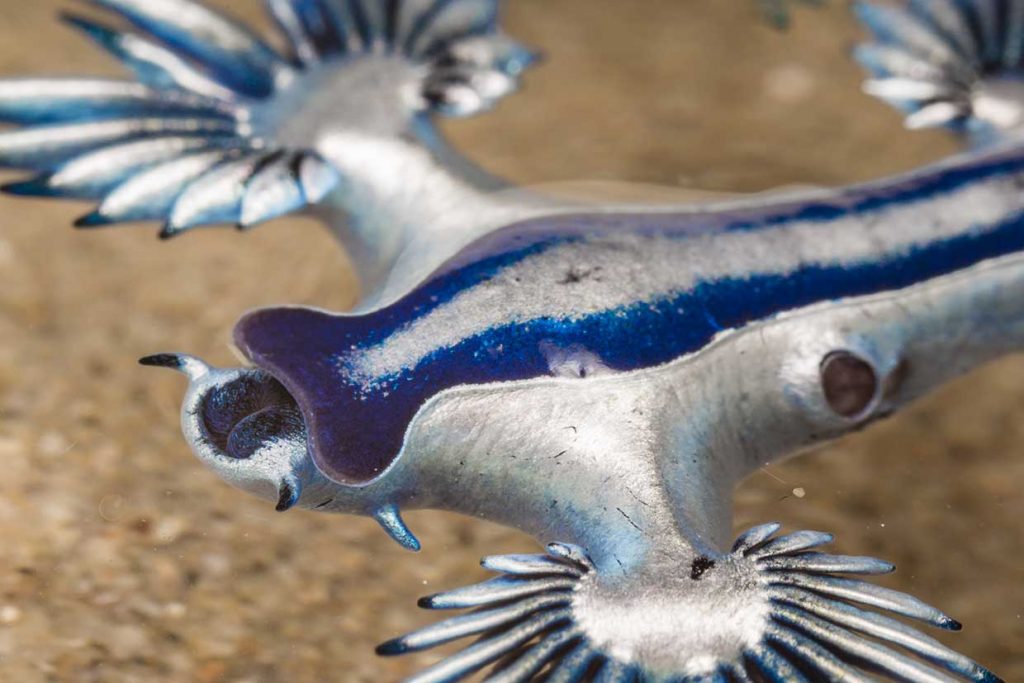
This is a brightly coloured sea slug found in temperate and tropical waters. Their colour allows them excellent camouflage in the ocean. Unlike others of their kind, blue dragons will swallow a little air bubble, allowing them to float on the ocean surface. One local marine expert advises that if you do see them, be mindful as they can deliver stings equivalent to the bluebottle.
A Blue Button being attacked by a Blue Sea Dragon

Purple Stinger
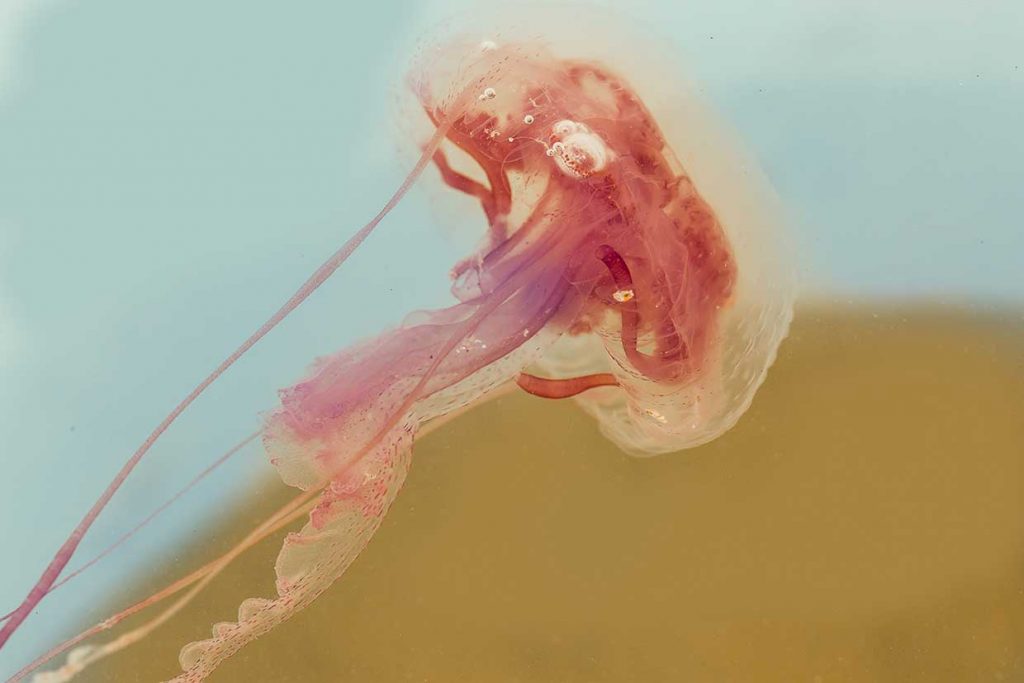
The Purple Stinger is a small, delicate and attractively coloured jellyfish with four fragile mouth arms and eight tentacles around the bell. Found throughout eastern Australia, it is sometimes known as the ‘purple people-eater’ because it can deliver a nasty sting. The tentacles, mouth, arms and bell are covered in tiny dots which are bundles of stinging cells that will leave a painful, itchy rash if you come into contact with them.
Velella
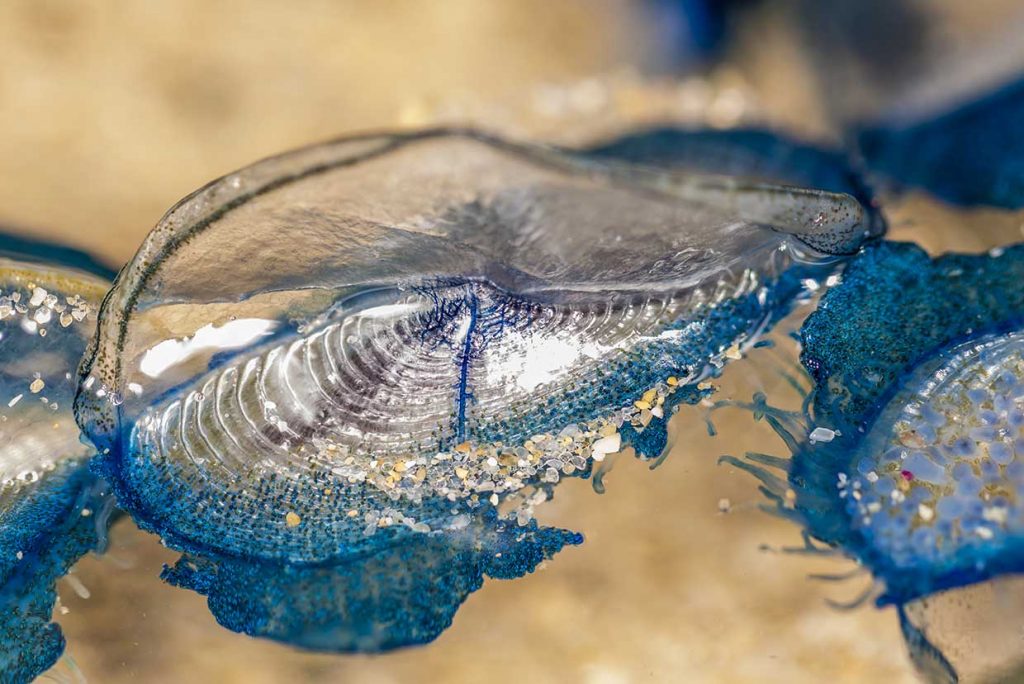
Velella is a free-floating hydrozoan that lives on the surface of the open ocean. They are often eaten by the blue sea slug. Other names for this species are by-the-wind sailor, sea raft, purple sail or little sail. They can be washed up on NSW beaches in large numbers.
Soldier crabs
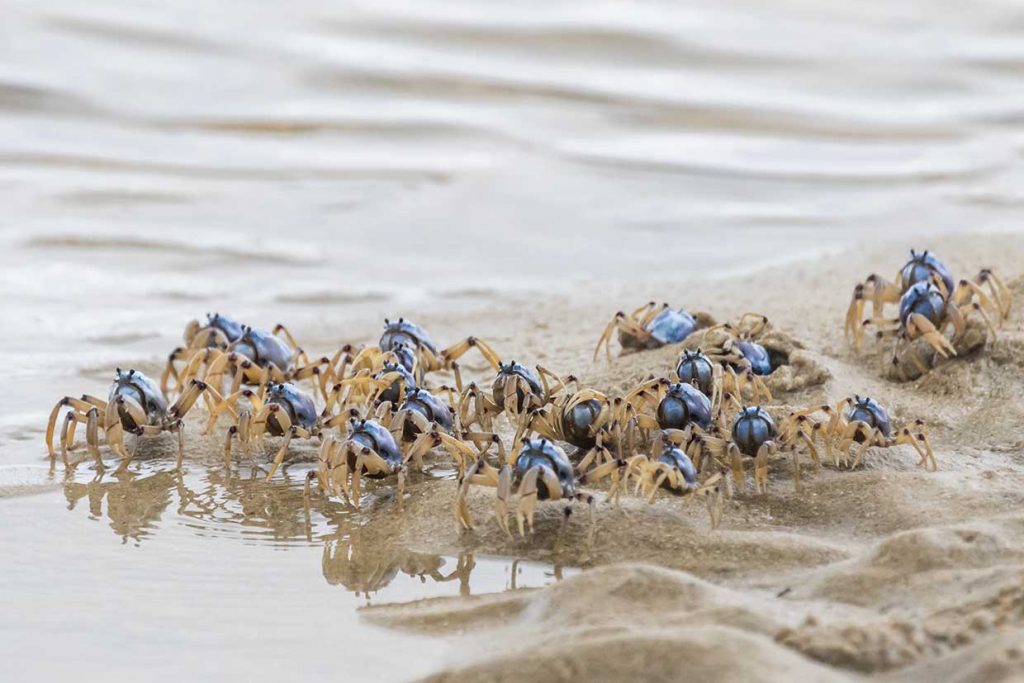
The light-blue soldier crab is a species of crab that lives on sandy beaches across Australia. Adults are 25mm across and are white with blue on their backs. They hold their claws vertically. Here they are making a dash for dinner and love at low tide in a sandy estuary.
Crab Larvae
This is a 6mm crab larvae (Zooplankton) that washed up on Emerald Beach in the big swells last month. A lot of small plankton creatures appeared with the warm summer seas. Their distinguishing characteristics are its prominent paired compound eyes and full complement of carapace spines (dorsal, rostral and lateral) that give it a triangular, upright appearance.
Have you found any amazing little beings of the sea? Email us a photo and we can help you identify it….



